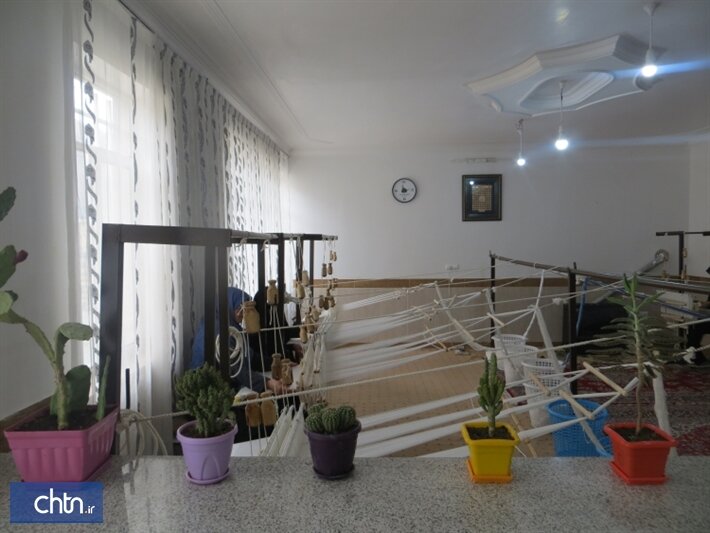Obsolete textiles being revived in South Khorasan province

TEHRAN – Several [once] obsolete ways of making traditional textiles and their related businesses and workshops have been revived across the eastern South Khorasan province.
“Our country has a major role in the development of the world’s textile industry during important historical periods and it is a cradle of the textile industry and its developments…. A significant number of traditional textile fields, which had been deserted for long, have been revived and are being flourished with the support of the Ministry of Cultural Heritage, Tourism and Handicrafts,” deputy provincial tourism chief Hossein Abbaszadeh said on Monday.
“For instance, since the early Islamic centuries, the variety of traditional textiles with the usage of various raw materials has been widespread in the area now known as South Khorasan [province]. This art-industry has been revived and expanded after years of recession since [the Iranian year] 1380 (2001-2002) with the support and strategies from the local and administrative cultural heritage bodies.”
“The revive scheme, which focuses on preservation and originality of [the indigenous] handicrafts, has increasingly been welcomed by people of all walks of life and particularly the youth, leading to an increase in individual and group workshops of manufacturing the traditional textile,” the official explained.
Elsewhere in his remarks, Abbaszadeh reminded of the village of Khorashad, which was designated in 2018 by the World Crafts Council - Asia Pacific Region (WCC-APR) as the world hub for ‘Toebafi’ (traditional hand-woven fabrics), adding it was a turning point in the development of traditional textile across the province.
Iran exported $523 million worth of handicrafts during the past calendar year 1398 (ended March 19), tourism minister Ali-Asghar Mounesan said earlier in June.
Of the figure, some $273 million worth of handicrafts were exported officially through customs, and about $250 million was earned via suitcase trade (allowed for customs-free and tax-free transfer) through various provinces, the minister said.
According to official data, some 295 fields of handicrafts are currently practiced across Iran with more than two million people engaging, the majority of whom are women… Handicrafts also play an important role in the economy in our rural villages.
AFM/MG
Leave a Comment